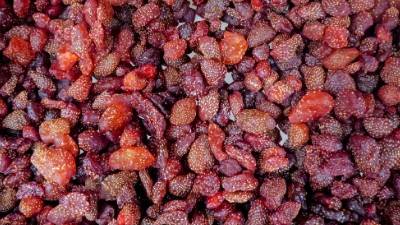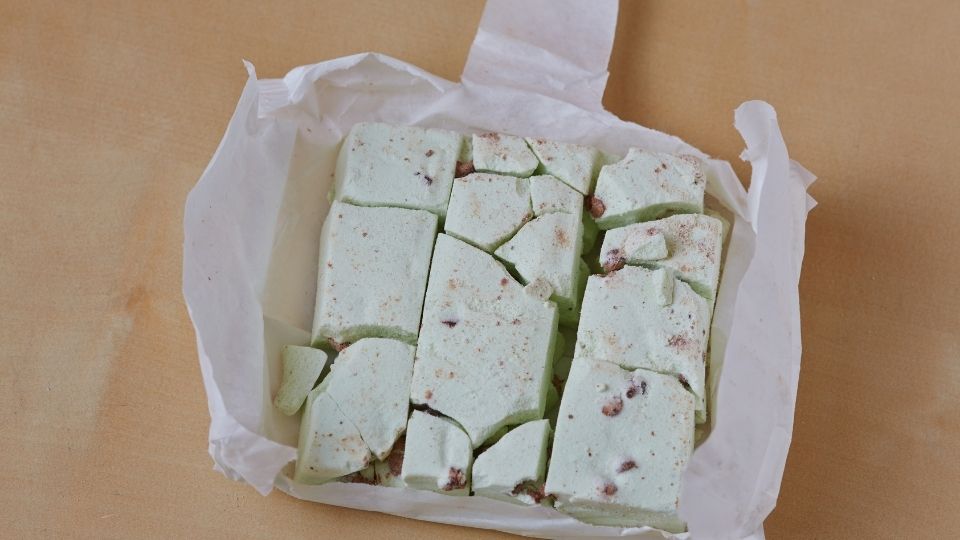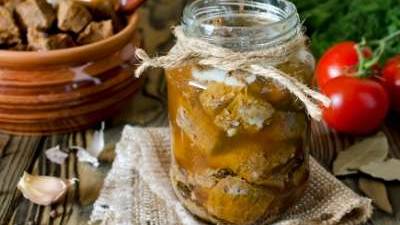Home Drying Foods

Drying at Home
Preserving food by drying is the oldest method of food preservation. Sun drying of fruits and vegetables was practiced before biblical times by Chinese, Hindus, Persians, Greeks and Egyptians. Dried foods have the advantages of taking up very little space, not requiring refrigeration and providing variety to the diet. They are good for backpacking, lunches, camping, and snacks in general.
Drying is a comparatively simple process, requiring little outlay of equipment, time and money. Even though drying is not difficult, it does take time, constant attention, skill, and understanding of the principles of food drying methods.
How Does Drying Preserve Food?
Preserving food requires the control of enzymes and microorganisms. Microorganisms which grow rapidly on raw or fresh food products can be controlled by drying because the lack of water limits the growth of microorganisms; however, drying does not kill the microorganisms. Inactivation of enzymes in the fruit or vegetable is usually controlled by a pretreatment. Enzymes can catalyze undesirable flavor and color changes.
Nutritional Value of Dried Fruits and Vegetables
Fresh produce provides calories, fiber, minerals and vitamins. Changes that can be expected in home-dried food are listed below: !
Calories
No change. The calorie content of the dried food, however, will be higher per unit of weight because nutrients become more concentrated as water is removed.
Fiber
No change
Minerals
Some may be lost in soaking, but no data are available. None is lost in the drying process.
Vitamins
Those most often found in fruit and vegetables are A, C and the B vitamins. If vegetables are blanched, vitamin A activity is maintained to a high degree. Losses of vitamin C vary widely depending on treatment. Speed in drying and absence of sunlight are advantages in maintaining ascorbic acid as is decreasing the air temperatures as complete dryness is approached. Only moderate losses of B vitamins occur during drying.
Yields
Because drying removes moisture, the food shrinks and decreases in size and weight, thus requiring less space for storage. When water is added to the dried product, it returns to its original size. Yields of dried products are directly related to how much water is in the original product. Twenty-five pounds of apples will yield about 4 pounds of dried apples. Twenty-five pounds of onions will yield about 3 pounds of dried onions.
Guides for Success in Drying
Selecting the Right Product
Fruits and vegetables selected for drying should be sound, fresh, and in the "peak" of condition; ripe, but still firm and at the right state of maturity. Wilted or inferior material will not make a satisfactory product. Immature fruits will be weak in color and flavor. Over-mature vegetables are usually tough and woody. Over-mature or bruised fruits are likely to spoil before the drying process can be accomplished. Fruit and vegetables that are inferior before drying will be inferior after drying.
Speed and Enzymatic Changes
Enzymatic changes take place rapidly in harvested food. Speed in both the preparation and in the drying process time is very important to a quality product. Process the produce while it is still fresh. Vegetables should be partially cooked by steaming or scalding. Fruits should be steamed, sulfured, or treated by soaking in salt, sulfite, or acid solutions.
Temperature
Heat is supplied by the sun or electrical heat. If the drying temperature is too low, the product will sour. Drying should be done as quickly as possible, at a temperature that does not seriously affect the texture, color, and flavor of the fruit or vegetable. If the temperature is too high or the humidity too low, there is a danger of moisture being removed too fast. This can cause a hardening of the outer cells of the product (case hardening) which prevents water vapor from diffusing from the inner cells.
Drying is best accomplished when the process is continuous. When heat is applied intermittently, temperatures conducive to bacterial growth can develop.
Circulation of Air
Each piece of food should have good exposure to air. Food should be only one layer deep with space around it. This space does not need to be large since the product will shrink during the drying process.
A good flow of air is necessary. The air will absorb all the moisture it can hold; therefore, fresh air should be forced to circulate to remove water vapor and carry moisture away from the food being dried. The force of the circulating air should not be so strong that it can blow the dried food off the rack.
Storage
Dried products will keep for a year if sealed in moisture-proof containers and stored in a cool, dark, dry place. Heat and light have an adverse effect on the quality of dried foods. Dried foods must be protected from moisture absorption and from insect infestation. Glass jars, tin cans with tight-fitting lids and plastic containers are all satisfactory containers for storing dried foods. Containers should be filled as full as possible without crushing.
Authors
Charlotte P. Brennand
Related Research






